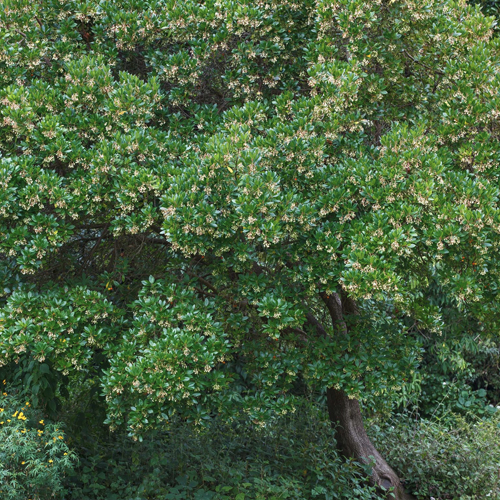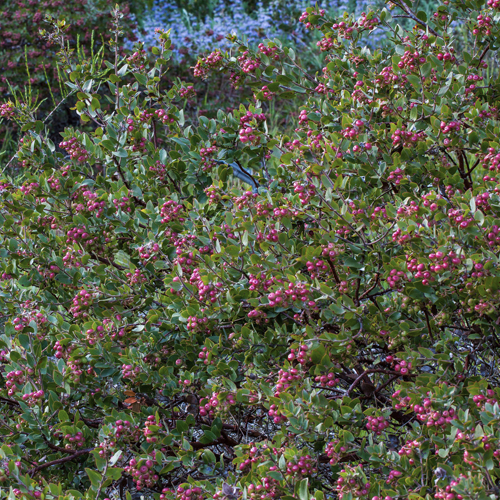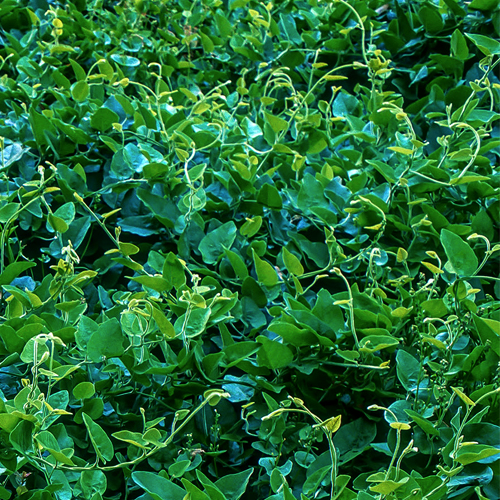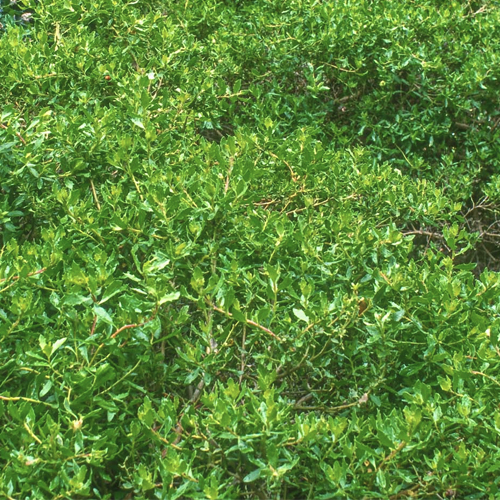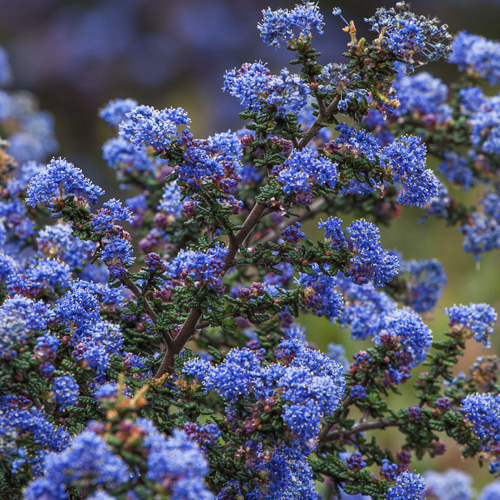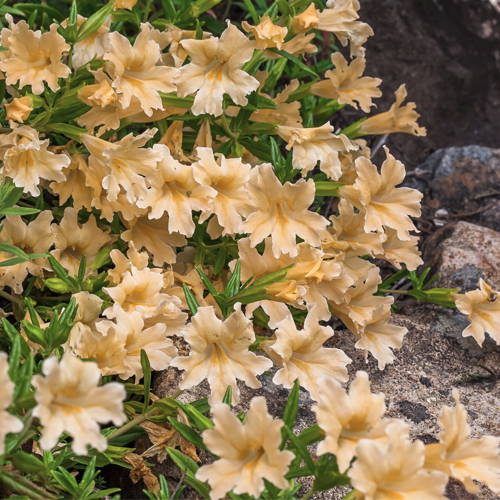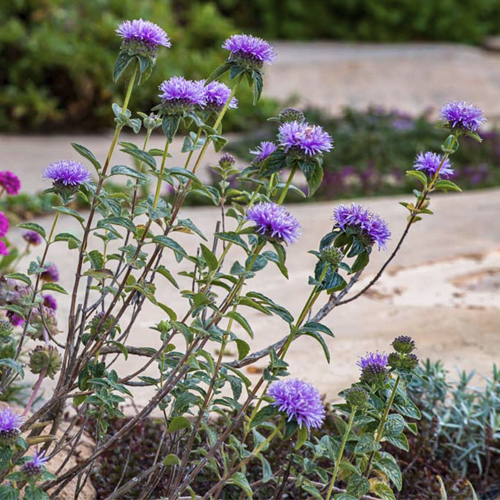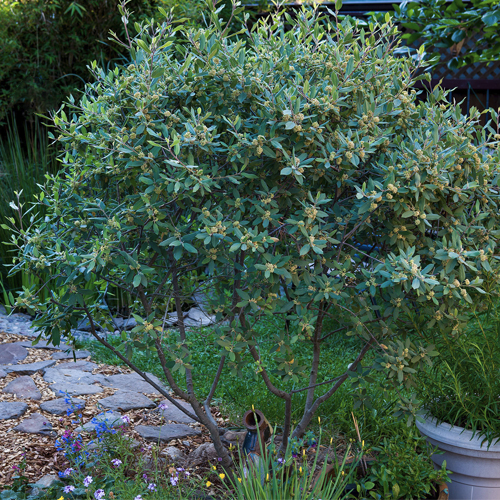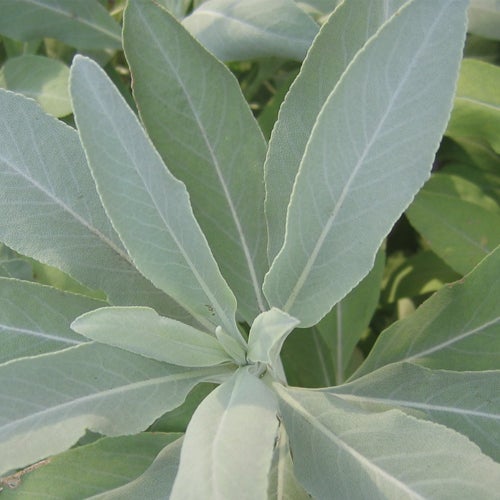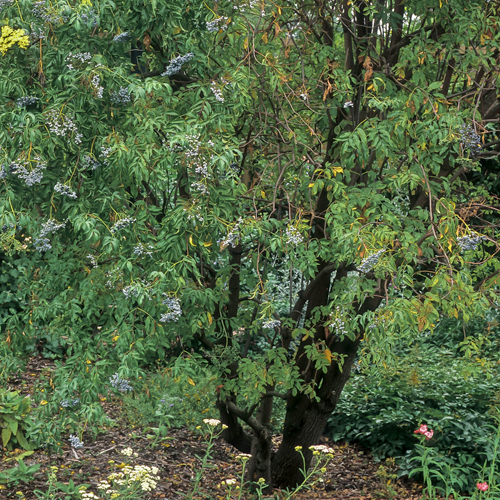The Sun House Garden
BACK TO FULL TOUR
Garden Features
Drought Tolerant
Edible Garden
California Natives
Pesticide Free
Reclaimed/Recycled Materials
Lawn Conversion
Lawn-Free Landscaping
Wildlife Habitat
When we moved in, the yard was dirt, not soil.
The construction guys had parked their pickups on the yard. Compacted soil, a few straggly apple trees poorly pruned by chainsaw and mostly invasive, non-native plants were what greeted us. I started out by buying plants at Home Depot.
About the Garden:
Slow it, Spread it, Sink it
One problem that required attention was to mitigate the ponding that occurred during rain. We are at the bottom of a slope, huge ponds would form. The solution for this is to have plant roots slow down the water and hold water in their detritus. Mulching for soil health is my favorite technique. Nature doesn’t care for bare soil.
Native Plants, Native Habitat
Louise Hallberg was the inspiration to go native. Her butterfly garden wasn’t neat and tidy. It was healthy and natural and was appreciated by the butterflies. Animals, birds, and insects like to have hiding places. Somehow, I picked up on this and started to incorporate brush piles, thickets and native plants. Then things began to get interesting. There are 2+ acres here. It can be overwhelming to think about removing the weeds and planting a large area. As many of you know, the trick is to break it down into small areas. Since I like hiking and the yard was starting to remind me of natural areas, I constructed trails through the different” rooms” . Following a path is more enjoyable then walking on hard scape.
Let Nature Do the Work
The goal that evolved was to put back the elements that make for a healthy environment for the soil and animals native to this area. The sun shines, plants grow, insects feed on the plants, birds eat the insects, deer and coyotes pass through. Mother Nature is a better designer than I am. Now I am removing human elements from the yard and letting nature do the artwork. The ground, which used to be like cement, is now healthy and soft to walk on. A new secondary goal is to get rid of the lawn mower. Less water use and no gas engines is how our yards should operate. There is a quarter acre of oak wood-land with an ephemeral creek on the property. No water is applied on this slope and yet Heuchera has appeared. That is one of the joys of native gardening, plants appear or spread on their own. I get jazzed to see volunteer Toyons and Madrones starting. Speaking of watering, plants are hand watered for the first year. Supplemental water may be applied prior to heatwaves. Come take a look and borrow any ideas you like.
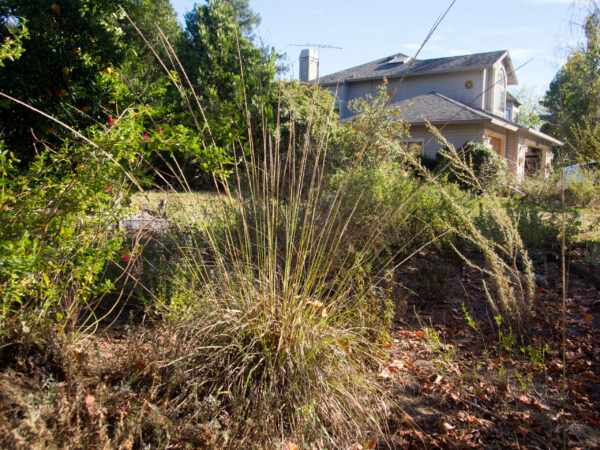
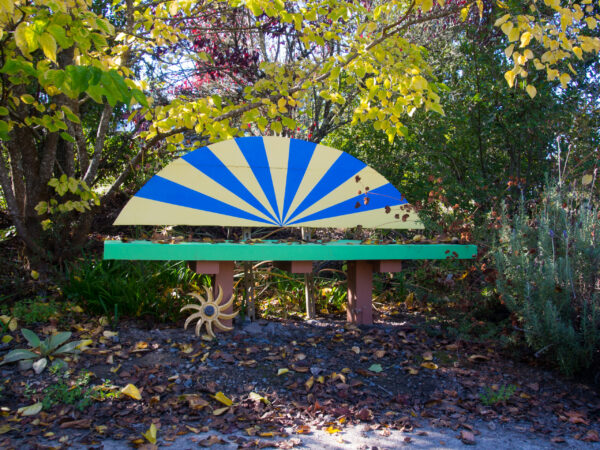
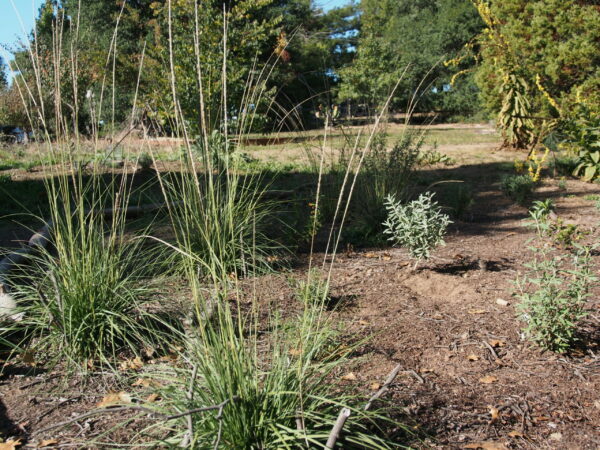
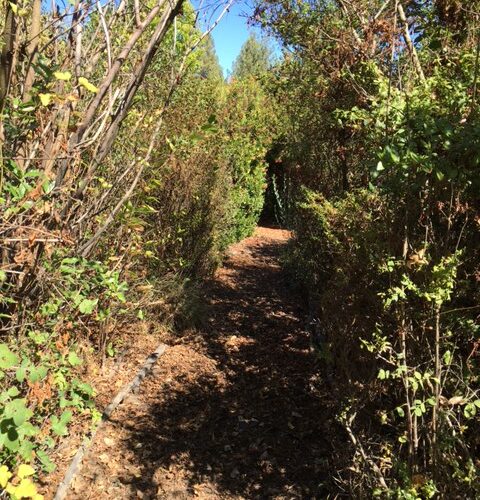
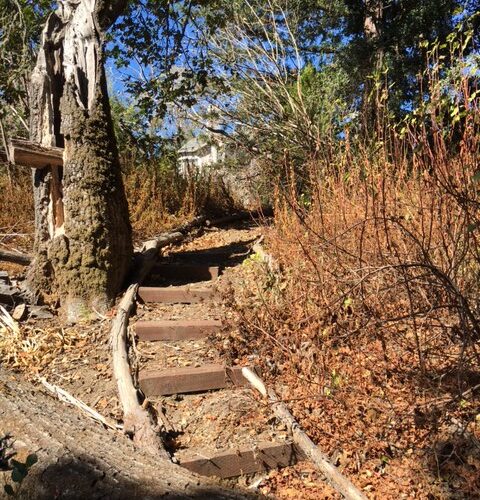
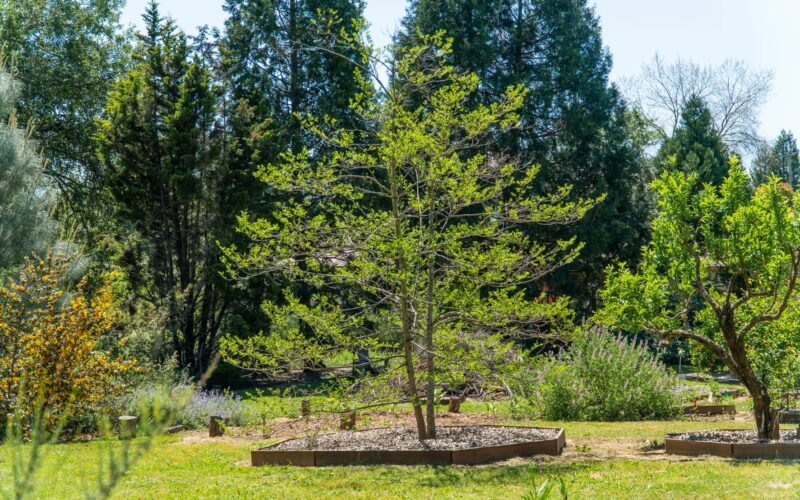
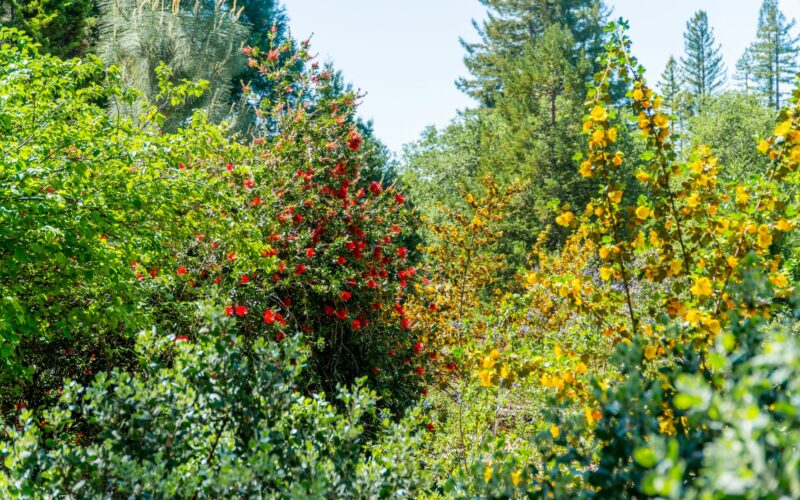

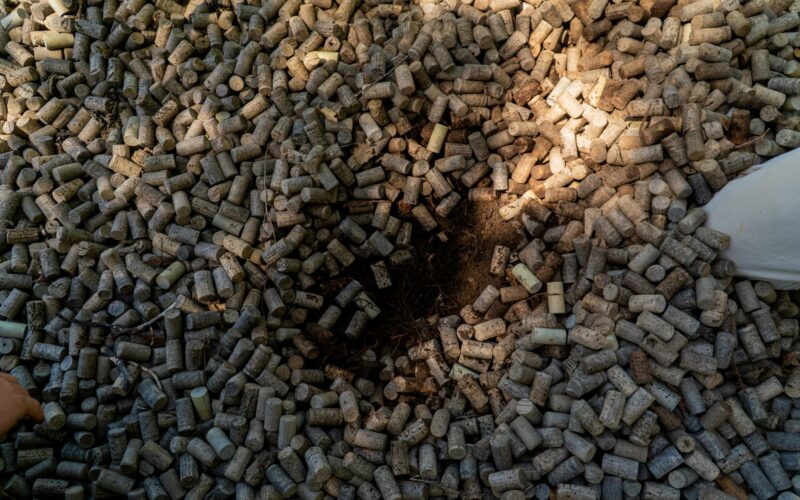
Plants in this Garden
Favorite Garden Suppliers
Emerisa Gardens
555 Irwin Lane Santa Rosa
Willowside Middle School Nursery
5299 Hall Road Santa Rosa
We have drought tolerant perennials, many California natives, multitude of succulents, grasses, salvias, abutilons & many beautiful plants to invite beneficial insects, butterflies and hummingbirds into your garden. Check website for upcoming Plant Sales!
Jail Industries Plant Nursery
5299 Hall Road Santa Rosa
The nursery is open year-round and offers an outstanding selection of California native plants, landscaping classics and fruit and veggie seedlings. Guests can shop by appointment or during one of our seasonal events. Appointments are available year-round. Thursdays & Saturdays from 10am till 2pm Scheduling an appointment is easy! Email your name, desired date and time and the number in your party to Sonomahorticulture@fivekeys.org
California Flora Nursery
2990 Somers Street Fulton
Watershed Nursery
601 Canal Boulevard Richmond
East Bay Wilds
2777 Foothill Boulevard Oakland
